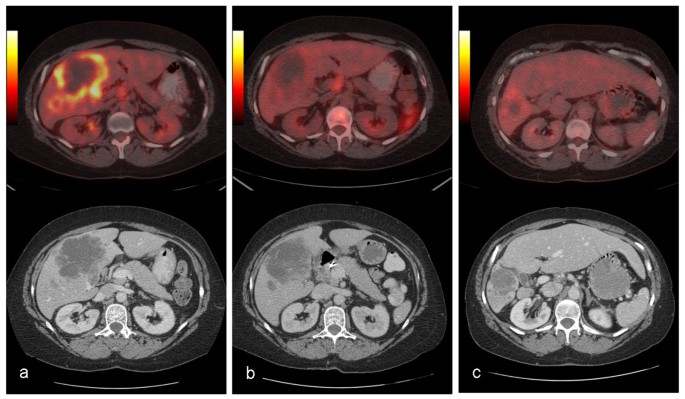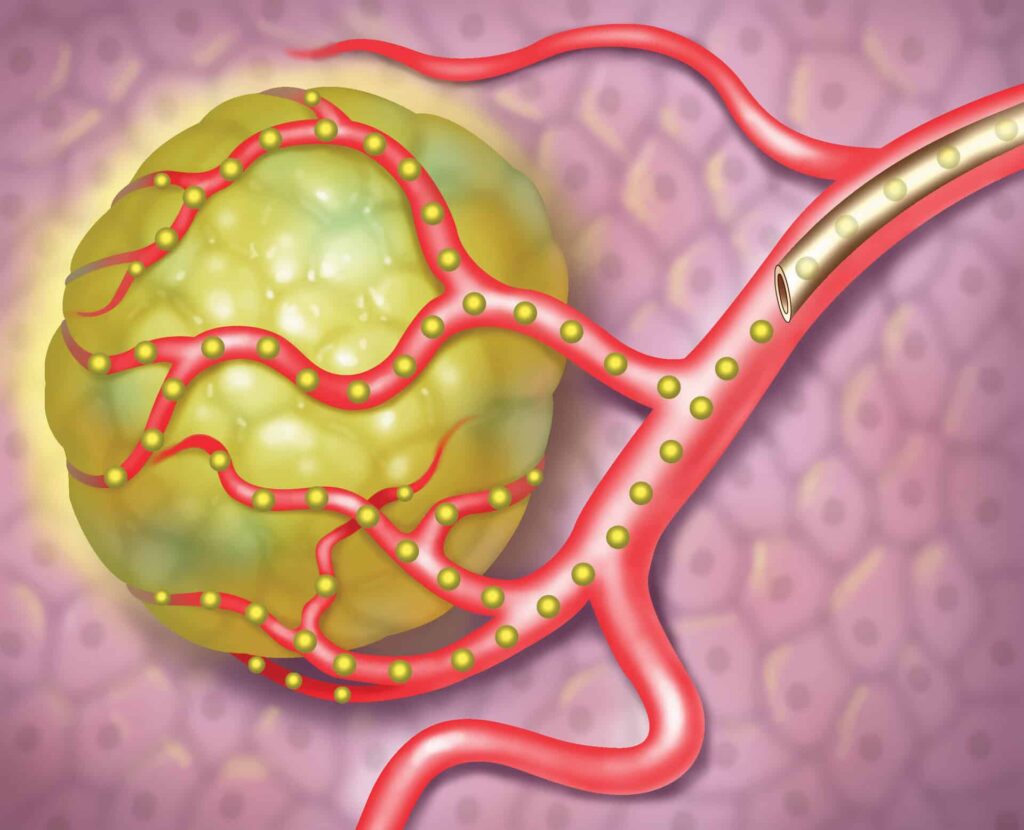Table of Contents
Everything You Need to Know About Fistulagrams in Farmington
Intro
If you are a patient in Farmington and have been diagnose with a fistula or graft, you may have heard of a Fistulagrams Farmington procedure. A Fistulagrams Farmington is a specialize x-ray treatment which uses contrast (x-ray dye) to examine the blood flow in the fistula or graft. This procedure can be use to identify blockages or constrictions (stenosis) in your fistula or graft, so it is important to know all the facts about this treatment before you decide if it is right for you.
What is a Fistulagrams?
A Fistulagrams Farmington is a specialized x-ray procedure use to examine the blood flow in a fistula or graft, which are dialysis access points for patients. This procedure is perform by injecting contrast, also known as x-ray dye, into the access point to help visualize the blood vessels. By doing so, doctors can determine if the fistula or graft is block or constrict (stenosis).
Fistulagrams are an important diagnostic tool for dialysis patients as they provide valuable information about the health of their access points. If a blockage or constriction is detect, doctors can intervene and address the issue to ensure proper blood flow during dialysis treatments. Without a functioning fistula or graft, dialysis treatments may become difficult or even impossible.
During a Fistulagrams procedure, patients can expect to lie on an x-ray table while the contrast dye is inject into their access point. X-ray images will then be taken to examine the blood vessels. The procedure is typically well-tolerated and only takes about 30 to 60 minutes to complete.
In the next section, we will explore how Fistulagrams work in more detail, providing a deeper understanding of this important diagnostic tool for dialysis patients.

How does Fistulagrams work?
Fistulagrams Farmington is a specialise x-ray treatment that examines the blood flow in your fistula or graft (dialysis access). During the procedure, a radiologist will insert a thin, flexible catheter into your fistula or graft, which is a tube that connects the artery to the vein. This catheter is guide into your access and is use to inject a contrast (x-ray dye) that makes the blood vessels visible on an x-ray.
The contrast highlights any potential blockages, stenosis, or other issues that may be causing complications with your dialysis access. The images obtain during the procedure allow your healthcare provider to diagnose and treat the problem with greater precision. If a blockage is identify, a balloon may be insert through the catheter to dilate the blockage and restore proper blood flow.
Fistulagrams is an essential tool in diagnosing and treating issues relate to dialysis access. It provides valuable information about the condition of your access, which helps your healthcare provider to determine the best course of treatment. The procedure is generally safe and effective, with minimal discomfort for the patient.
Why is Fistulagrams important for dialysis patients?
Fistulagrams play a crucial role in the management of dialysis patients. As dialysis patients rely on a functional fistula or graft for their treatment, it is essential to ensure the proper functioning of these access sites. Fistulagrams are important because they can accurately diagnose any blockages or constrictions within the fistula or graft, which may impede blood flow.
By detecting these issues early on, Fistulagrams can help prevent complications such as clot formation, infections, and potential access failure. The procedure provides valuable information for healthcare providers to determine the best course of action, whether it be balloon angioplasty to open a stenosis or other interventions to maintain access functionality.
Moreover, Fistulagrams can also help in identifying any potential future complications, allowing healthcare professionals to take necessary preventive measures. This early intervention can significantly improve the overall success and longevity of the dialysis access, minimizing the need for repeate interventions or access surgeries.
In summary, Fistulagrams are important for dialysis patients as they help diagnose and treat access-relate issues, ensuring adequate blood flow during dialysis sessions. Timely detection and intervention through Fistulagrams can enhance patient outcomes, minimize access-related complications, and optimize the overall effectiveness of dialysis treatment.

What to expect during a Fistulagrams procedure
During a Fistulagrams procedure, you will be aske to change into a hospital gown and lie down on an X-ray table. The doctor will insert a small catheter (thin tube) into your fistula or graft and inject a contrast dye. This will help to highlight the blood vessels on the X-ray images.
You may feel some pressure and discomfort during the procedure, but it is generally well-tolerate by most patients. The entire process takes about an hour, but the actual imaging only lasts a few minutes.
After the procedure, the catheter will be remove and you will be monitor for a short time to ensure that there are no complications. You may experience some mild discomfort or bruising around the injection site, but these symptoms should subside within a few days.
It is important to follow your doctor’s instructions carefully before and after the procedure, as this can help to minimize any risks or complications. Overall, a Fistulagrams procedure is a safe and effective way to diagnose and treat potential problems with your dialysis access.
Benefits and risks of Fistulagrams
Fistulagrams in Farmington offer several benefits for dialysis patients. One of the key benefits is its ability to accurately diagnose and evaluate the condition of the fistula or graft. By using contrast dye, physicians can clearly see the blood flow and identify any blockages or stenosis that may be affecting the access for dialysis.
This diagnostic information is crucial as it allows healthcare professionals to determine the best course of action for the patient. If a blockage is detect, it can be addressed promptly through further intervention such as angioplasty or stent placement, improving the long-term viability and function of the dialysis access.
Moreover, Fistulagrams are a minimally invasive procedure, typically performed on an outpatient basis. This means that patients can avoid the need for a more invasive surgical procedure, leading to faster recovery times and reduced hospital stays. Additionally, Fistulagrams have a relatively low risk profile. While there is a small risk of complications such as bleeding or infection, these are rare occurrences and are closely monitored by the medical team.
Overall, the benefits of Fistulagrams in Farmington outweigh the potential risks, making it a valuable tool in managing and optimizing dialysis access for patients. It offers accurate diagnosis, targeted interventions, and a minimally invasive approach, ultimately improving the quality of life for individuals requiring dialysis treatment.

